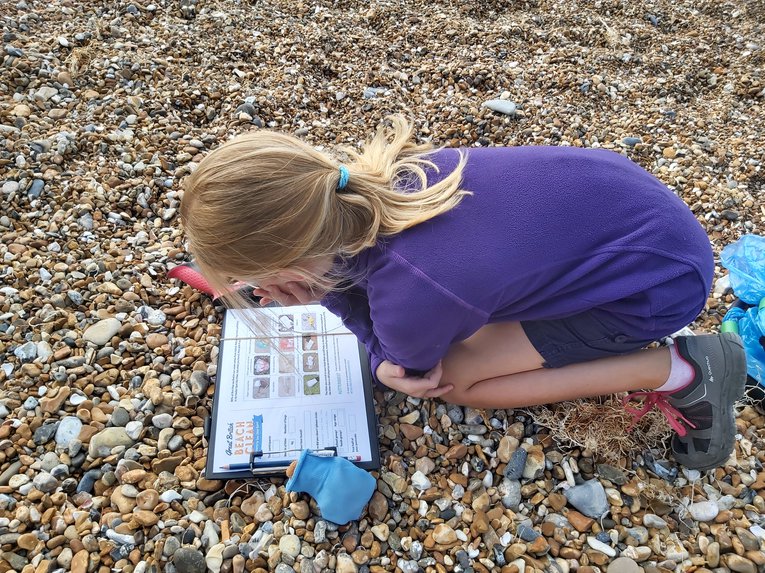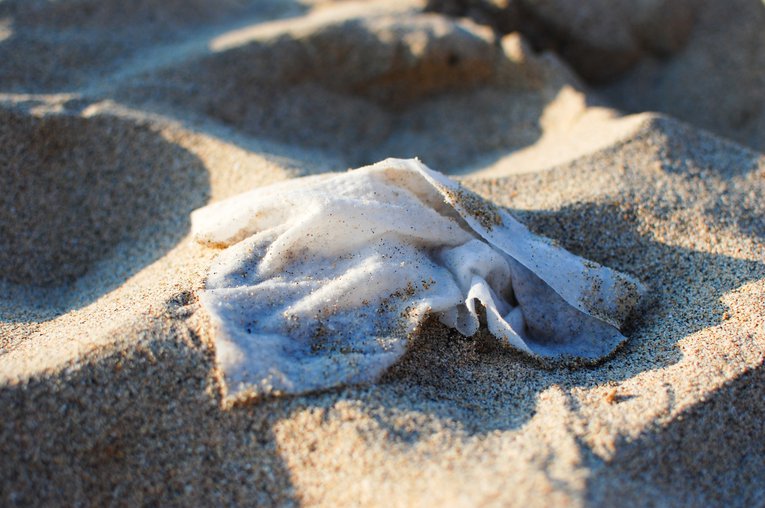
Marine Litter
2 minute read
Litter in our seas can cause harm to all forms of animals, from tiny plankton to giant whales. These resources will help students explore the impacts of litter on marine life.
Getting started
Be sure to read our getting started guide first. The guide tells you how our lessons have been designed to be used, and gives you a breakdown of the features included in each one.
8. Microfibres
Learn how microfibres released from clothes when they're washed affects marine animals.
Students will conduct an investigation into this little known form of microplastic pollution to observe its impacts. The session is full of creative ideas to engage your students with the topic of fast fashion, including learning how to mend clothes and running a second-hand fashion show.
Extra resources
Download a copy of the extra resources included in the lesson plans here:










